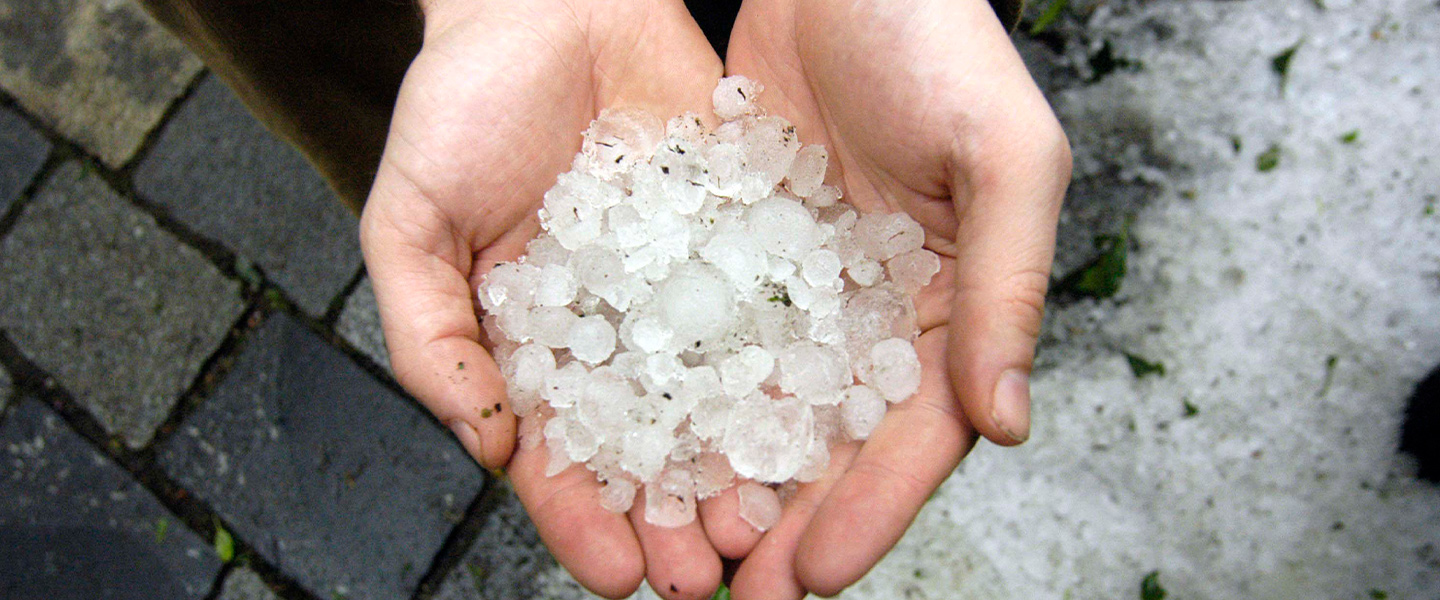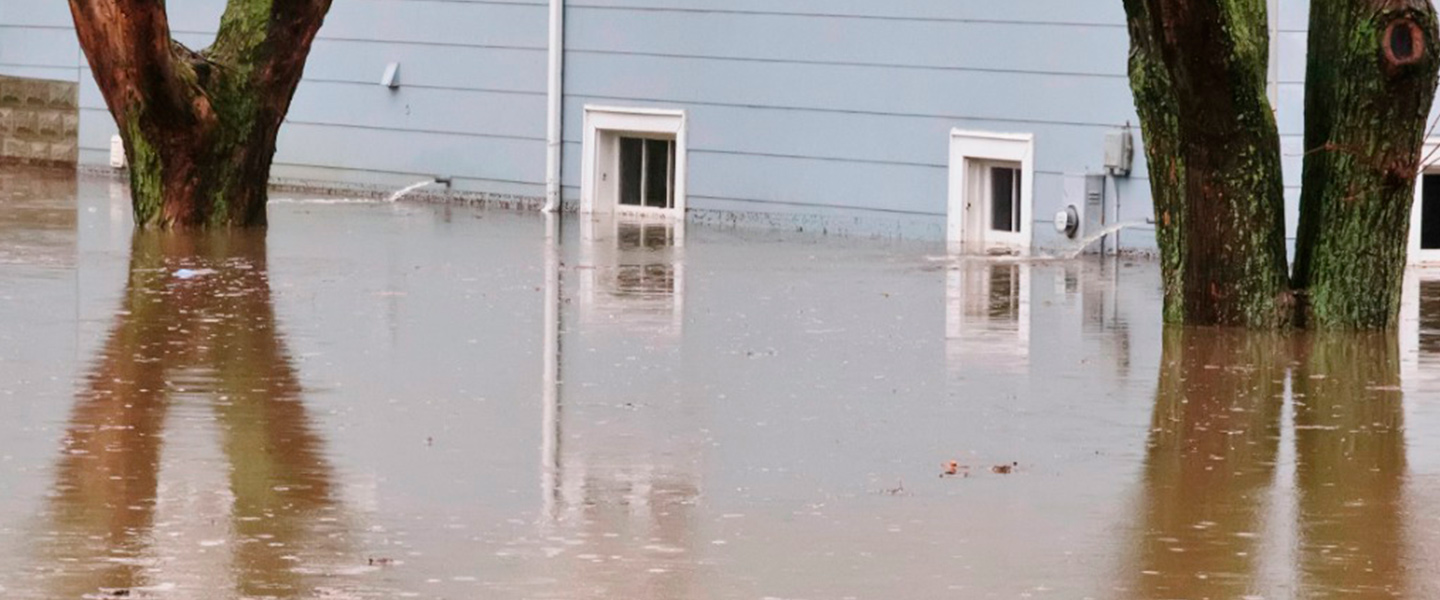Flat, low-pitched roofs are more vulnerable to hail damage, but also from snow and ice. Keep it in mind if you're shopping for a new property.
Hail and hailstones


Sudden hail may damage any type of coating and exterior surfaces. Hail can occur in any season, whether in the middle of summer or winter, and be combined with other weather conditions such as wind, rain, ice or snow. If your area is more exposed to hail, here are some tips to minimize damage and better protect your home.
Tips to better protect your home
Roof
- Check the roof shingles and siding after an intense hail spell. Contact your insurer if you notice damage.
- If you need to change shingles, consider the roofing products that offer the best resistance to shocks and hail.
- When redoing the roof, install full roof underlayment, preferably self-adhering waterproofing underlayment (a.k.a. ice-and-water shield).
Roof slopes and hail
- Exterior claddings made of brick or cement fibre are more resistant to hail and high winds than aluminum or vinyl.
- Doors, windows and skylights should meet the impact resistance standard. As an alternative, window safety films can be installed.
Hail forecast
- If possible, park your vehicle inside your garage or under a carport.
- Be ready to de-ice sidewalks, stairs and the entrance to the house if necessary.
For more tips, visit the Institute for catastrophic loss prevention website.

Other topics that may interest you:
home insurance
prevention
extreme weather events




















